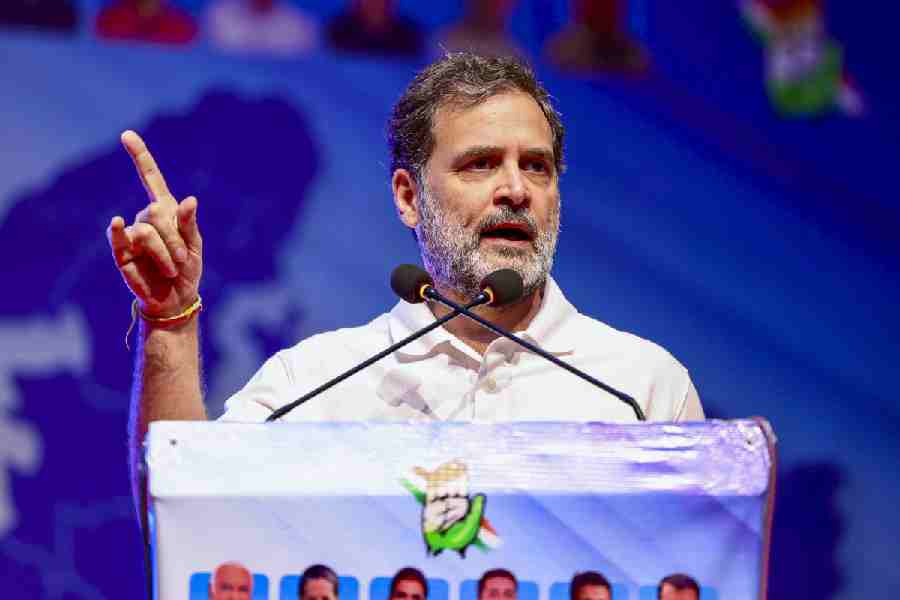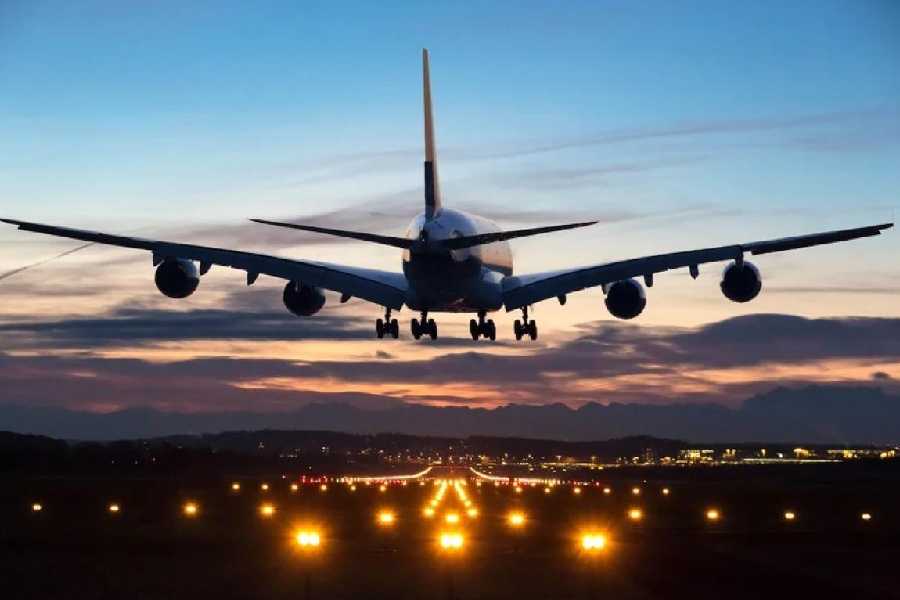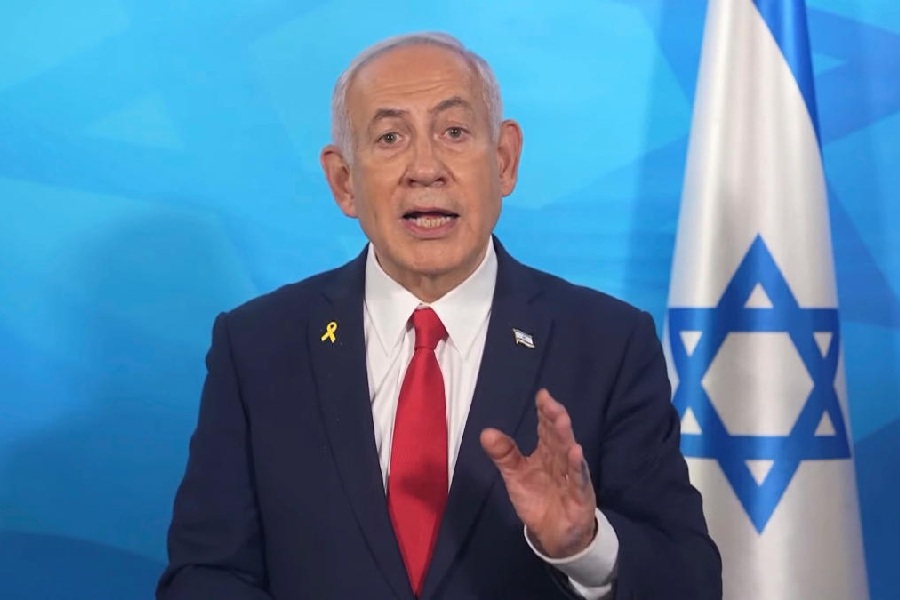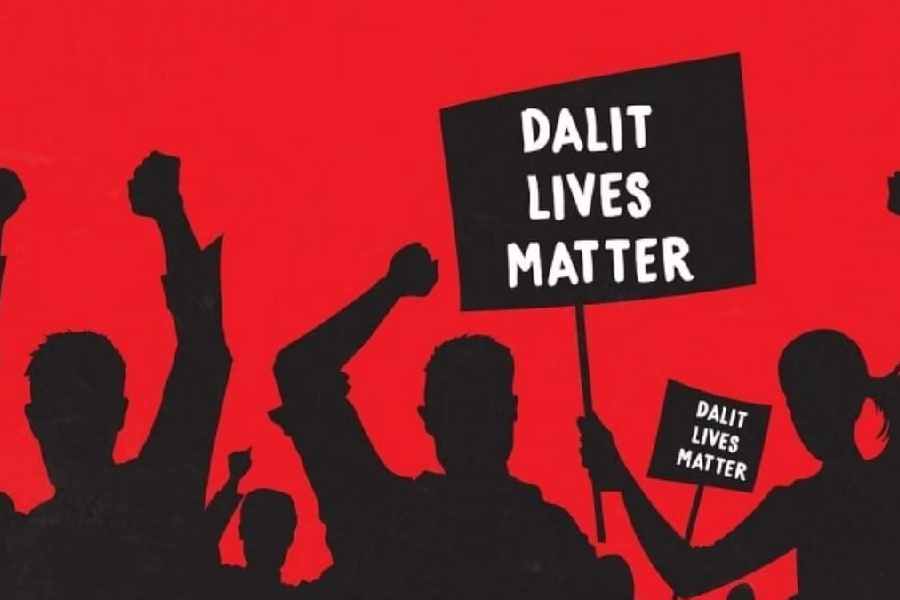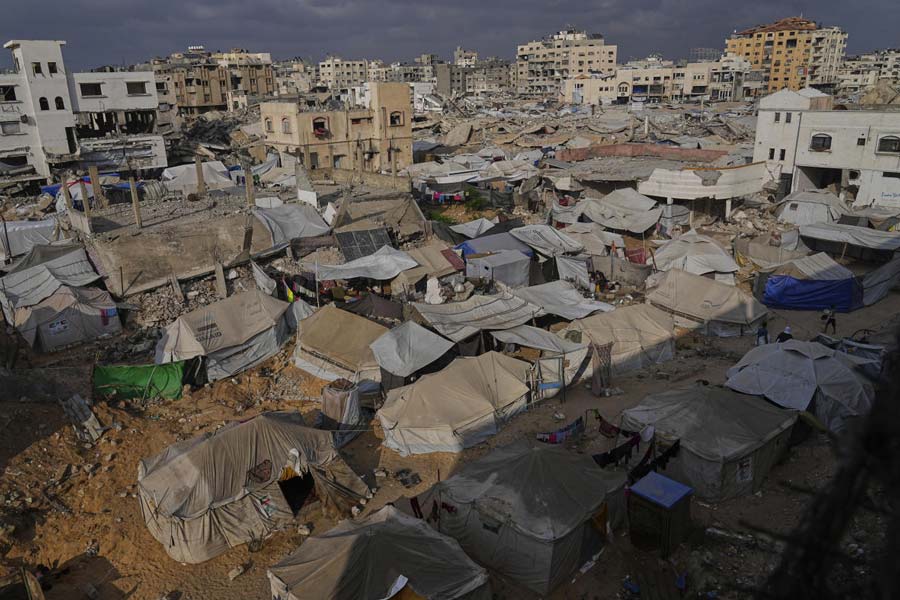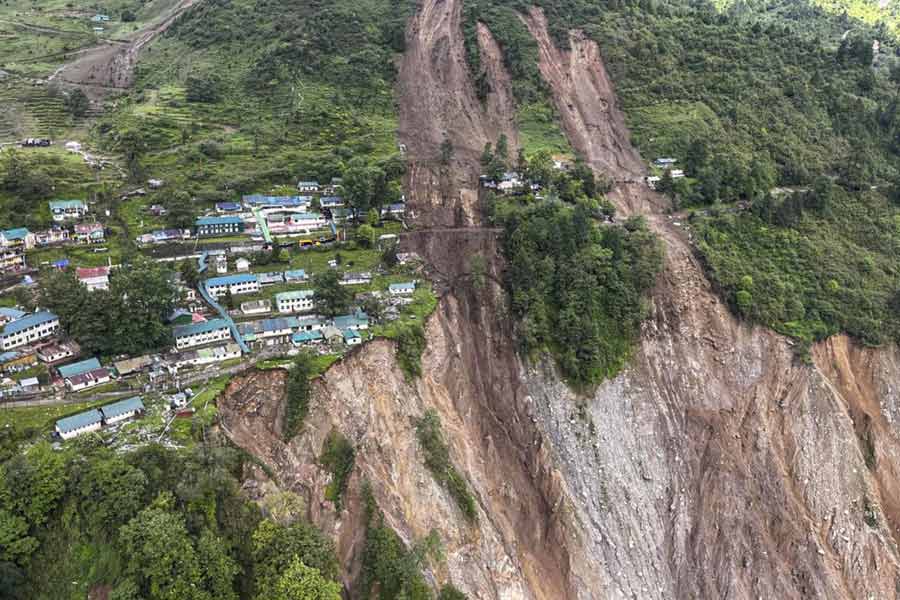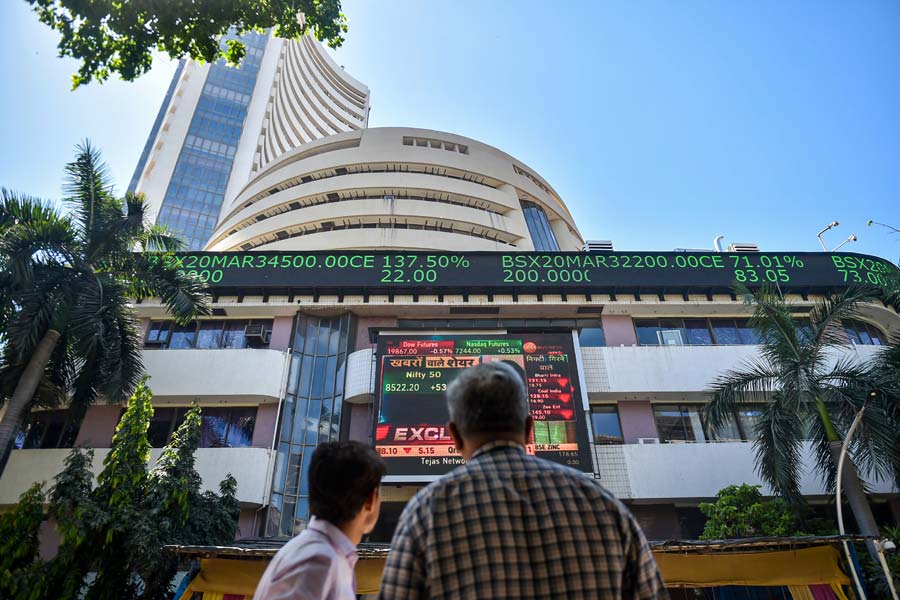 |
| REMAINS OF THE DAY:The Chattri Memorial |
Off a quiet roundabout on a country road surrounded by miles of flat farmland in France is a monument inscribed with the words “INDIA — 1914-1918”. Flanked by two willow trees, the memorial has an Ashoka-style pillar, with two tigers on the side and topped with the Lotus, the Imperial Crown and the Star of India. On it are the words “God is One, He is the Victory” inscribed in English, Arabic, Hindi and Gurmukhi. All around the circular memorial are the names of over 4,742 Indian soldiers who died on the Western front during the World War I and have no known graves.
The Indian Memorial in Neuve Chapelle in France marks the spot where the Indian Corps fought its first major action as a single unit in March 1915 suffering serious casualties. The memorial is maintained in pristine condition by the gardeners of the Commonwealth War Graves Commission. Few Indians, if any, visit the isolated place far away from any tourist trail. A single poppy wreath lies in the centre, laid by Baroness Sayeeda Warsi, minister at the foreign and Commonwealth office in Britain. It has the words “Our shared future is built on our shared past. We will remember them.”
As Britain prepares to mark the centenary of the World War I, which begins next August, India’s contribution to Britain’s war effort is also being recognised. Under the command of British officers, the Indians fought in France and Belgium on the Western front, and in Mesopotamia, Egypt, Palestine, Gallipoli, Basra and Kut on the Eastern front. By the end of the war over one and a half million Indian soldiers had gone to the frontline, the largest volunteer army from any of the colonies and more than the combined armies from Scotland, Northern Ireland and Wales.
 |
| Jaimal Singh Johal with Ian Henderson |
The dead and missing numbered nearly 72,000 (official figures list 64,459) with many more wounded. Most of the soldiers were drawn from peasant stock and hill tribes. Mobilised in four days, they arrived in France by September 1914 and went into the trenches still in their cotton khakis, soon to face one of the harshest winters they had ever seen. Despite the freezing weather, and their unfamiliarity with trench warfare, they bore the shelling with undaunted bravery.
Within a month Sepoy Khudadad Khan became the first soldier from undivided India to be awarded the Victoria Cross for his bravery at Hollebeke in the first battle of Ypres in October 1914. He was followed by Naik Darwan Singh Negi, of the 39th Garhwal Rifles, who was awarded the Victoria Cross for his bravery in Festubert in France. On the panels of the Neuve Chapelle memorial is carved the name of Gabar Singh Negi, also of the 39th Garhwal Rifles, who was posthumously awarded the Victoria Cross for action in the battle of Neuve Chapelle on March 10, 1915. His body was never found.
Over 8,000 Indian soldiers lost their lives on the Western front, blown apart by shell fire, buried alive in soggy collapsing trenches or choked by gas. They are remembered at Neuve Chapelle and the Menin Gate in Ypres in Belgium where their names are carved on two giant columns.
In the cemeteries that dot the land across Ypres, among the rows upon rows of English names one can see the names of the Indian soldiers: Sepoy Mehar Khan (killed October 28, 1914), Sepoy Fazal Dad, Jemadar Muhammad Khan (both killed on October 29, 1914) to name a few.
The soldiers scarcely understood what the war was about and could barely distinguish the different European languages. Most thought it was a war among three emperors. One anguished soldier wrote home: “This is not any war, this is the Mahabharat”. All they knew was that they had to defend the King Emperor at all costs.
In Britain they are remembered at the Chattri Memorial on Patcham Downs in Sussex, where 53 Hindu and Sikh soldiers who died in British hospitals in Brighton were cremated. The Muslims were taken for burial to Woking Mosque and are now interred in Brookwood cemetery. An annual service is held at the Chattri Memorial every June.
 |
“It is always an emotional moment for me when I come here,” Jaimal Singh Johal, grandson of WWI hero Subedar Manta Singh, told The Telegraph. Standing next to him was Ian Henderson. Theirs is an extraordinary story of friendship. It was in the battle of Neuve Chapelle in 1915 that Manta Singh of 2nd Ludhiana Sikhs saw his officer, Captain George Henderson, lying injured in the field. He picked up Henderson in a wheel-barrow and carried him out of danger, but in the process got shot himself.
Manta Singh was brought to the Kitchener Hospital for Indian soldiers in Brighton and died of his injuries. But the story did not end there. After the war, his officer George Henderson, made sure that Manta Singh’s son, Assa Singh Johal was looked after. Assa Singh joined the same regiment as his father, and fought in the World War II alongside Robert, the son of George Henderson. Today, Robert’s son, Ian, and Assa’s son, Jaimal remain firm friends.
Baroness Warsi has stated that she wants to invite the descendants of the 72,000 Indian soldiers who died in the war to Britain in August next year. The British government has announced plans to commemorate the event with a ceremony in Glasgow on August 4 with the leaders of the Commonwealth countries at the end of the Commonwealth Games, a candle-lit vigil at Westminster Abbey and a ceremony at the cemetery in Mons in Belgium which has an equal number of British and German soldiers buried there. They died in foreign lands in a war not of their own making. To forget them would be cruel.


